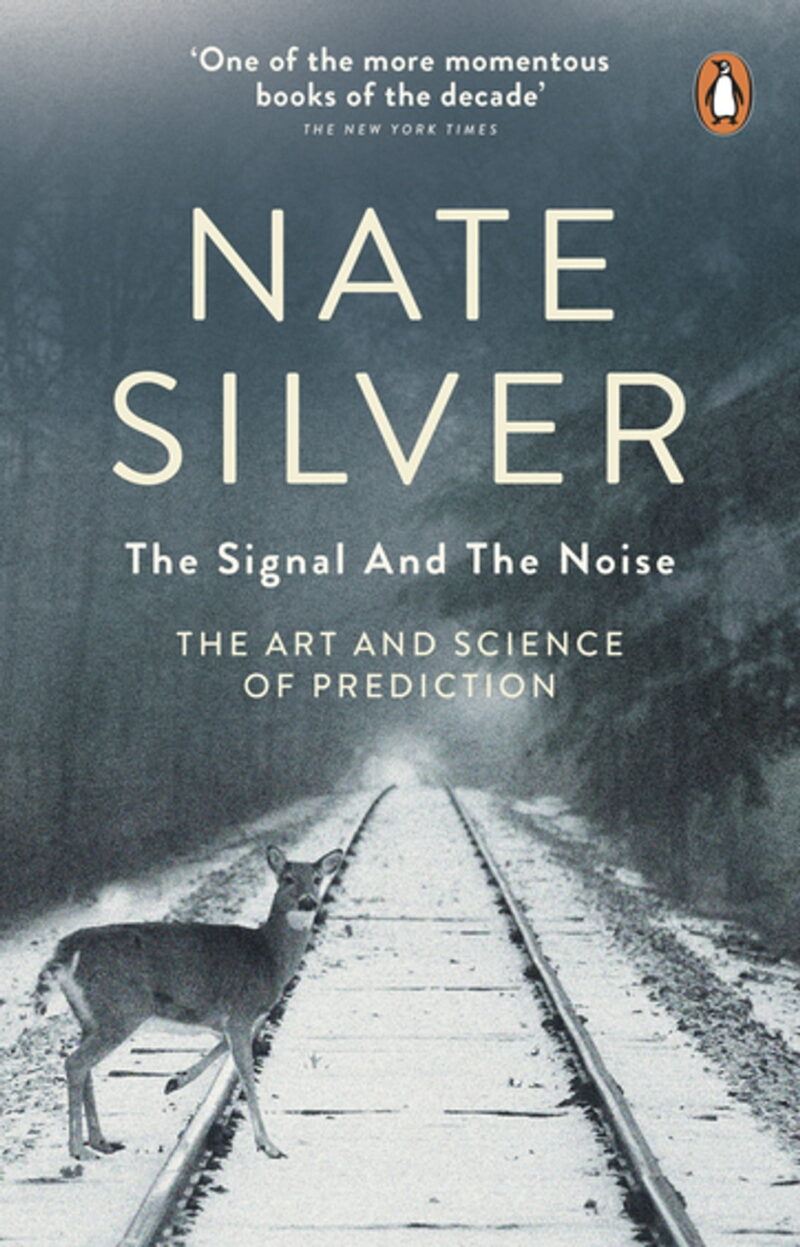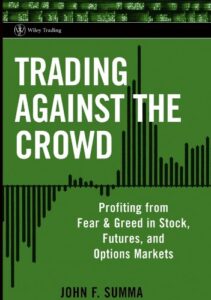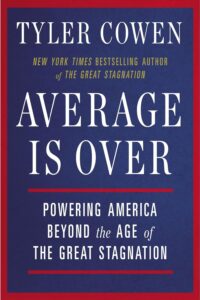The Unseen Risks: A Critical Examination of Predictive Models and Decision-Making in a Complex World
Book critically examines predictive models in diverse fields like terrorism and earthquakes, advocating for Bayesian approaches to improve risk assessment and decision-making.
Subjects: Analytics
The Signal and the Noise blends elements of psychology, law, statistics, and decision theory, making it interdisciplinary in nature. Nate Silver doesn’t shy away from critiquing existing systems and models, particularly in the realm of financial market predictions.
It has five major sections:
1. Psychology of Decision-Making in Poker: The Signal and the Noise starts by discussing the psychology of a lawyer in a poker game. It delves into the strategies the lawyer employs and how he makes decisions based on the cards dealt and the actions of other players.
2. Statistical Overfitting: Another section focuses on the concept of overfitting in statistical models. It criticizes overly specific solutions to general problems and discusses the balance between underfitting and overfitting.
3. Financial Market Predictions: The Signal and the Noise also scrutinizes the failures of financial market predictions, particularly concerning credit default obligations (CDOs). It criticizes the ratings agencies for their flawed models and lack of accountability.
4. Bayesian Approach: The latter part of the book introduces Bayes’s theorem as a solution to various real-world problems. It argues that adopting a Bayesian approach can improve our understanding and prediction of complex systems.
5. Application of Bayes’s Theorem: The book further explores how Bayes’s theorem can be applied to global warming, terrorism, and financial bubbles. It suggests that a Bayesian approach can make our systems safer and more reliable.
Real world examples
One of the most important examples discussed in the document appears to be the application of power-law distributions to predict the scale of future risks, particularly in the context of terrorism. For instance, Nate Silver discusses how the power-law method would have concluded that an attack on the scale of September 11 was a clear possibility even before it happened. It also delves into the potential for even larger-scale attacks, involving weapons of mass destruction, that could kill tens of thousands or hundreds of thousands of people.
Another significant example in The Signal and the Noise discusses the limitations and potential of predictive models in the context of earthquakes. The document explores the Gutenberg–Richter law and its application to predicting the frequency and magnitude of earthquakes, particularly in Japan. It presents a case where the historical data showed a “kink” in the graph at about magnitude 7.5, suggesting that earthquakes larger than that were unlikely to occur in the region. However, the document argues that relying solely on historical data could lead to “overfit models” that may not accurately predict future events.
Why would you buy this book ?
1. Interdisciplinary Approach: The book covers a wide range of topics, including psychology, law, statistics, and decision theory. This makes it valuable for academics and professionals in these fields.
2. Critical Analysis: It offers a critical perspective on existing models and systems, particularly in financial markets, which could be useful for researchers or practitioners looking for alternative viewpoints.
3. Decision-Making: The The Signal and the Noise discusses the psychology of decision-making in various scenarios, such as poker games and legal contexts, which could be useful for people in roles that require strategic decision-making.
4. Predictive Modeling: With its focus on the limitations of current predictive models and the potential of Bayesian approaches, the document could be of interest to data scientists, statisticians, and analysts.
Finally
Nate Silver emphasizes the limitations and potential uses of predictive models. He argues that all models are simplifications of reality but can still be useful tools for understanding complex systems. The book stresses the importance of not overfitting models to past data, as this can lead to inaccurate predictions. It also highlights the need for a better understanding of how we interpret signals and data to improve predictive accuracy. Author suggests that models are valuable not just for making predictions but also for gaining insights into various phenomena. Nate Silver ends by stating that the key is to remember that a model is a tool to help us understand the complexities of the universe, and never a substitute for the universe itself.




